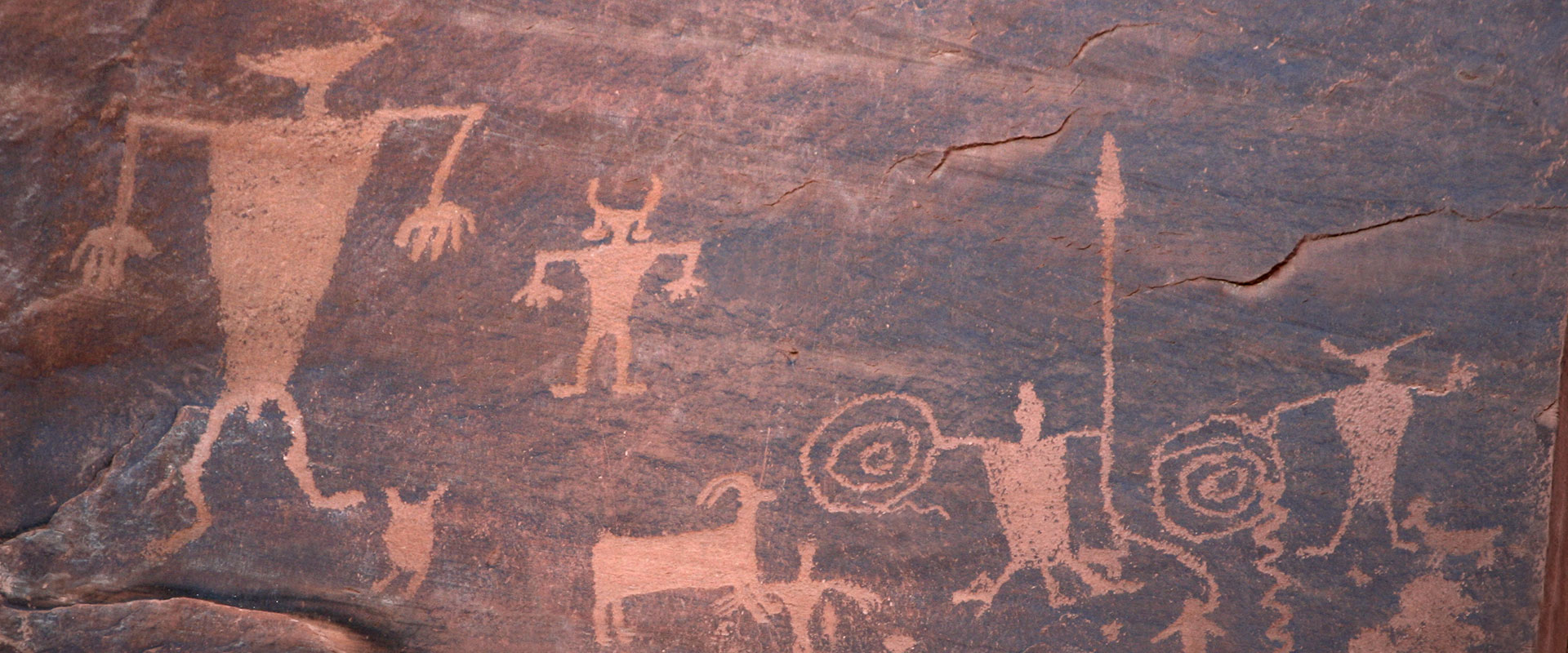Ancient Rock Art
Similarities in Ancient Petroglyphs Worldwide
By Christopher Robison
April 21, 2020

I was recently watching some YouTube videos on ancient petroglyphs and rock art around California and the southwest and it got me thinking. The similarities between many of the figures from various sites separated by great distances is striking. A bit online research informed me that other people have also noticed these similarities and apparently this imagery is not limited to North America but can be found all over the world! What's going on here?
My theory is that there was a global catastrophic event in antiquity linking ancient rock art to aurora borealis-like phenomena through Birkeland Currents and z-pinches. It's a compelling idea that could potentially explain the similarities in ancient art across different cultures and geographical locations.
Here's my theory:
The "Global Aurora Theory"
Premise:
Around 12,000 years ago, Earth experienced an unusually high level of solar activity, resulting in global auroras far more vivid and frequent than what we see today. These auroras were not confined to the polar regions but were visible across the globe due to a stronger and more fluctuating magnetosphere.
Mechanism:
-
Solar Flares & Birkeland Currents: Increased solar activity led to stronger solar winds, which interacted with Earth's magnetic field. This created Birkeland Currents that were far more intense and reached lower latitudes.
-
Z-Pinches: These currents occasionally underwent z-pinch phenomena, creating bright, localized, and complex light patterns in the sky.
-
Ionospheric Changes: The heightened solar activity also led to changes in the ionosphere, making it more conducive to colorful and complex auroras.
Cultural Impact:
-
Spiritual Significance: These phenomena were interpreted by ancient peoples as divine or supernatural events, deeply ingraining them into their collective psyches.
-
Artistic Representation: The awe-inspiring visuals led to their representation in rock and cave art, with similar shapes like spirals, waves, and humanoid figures with halo-like features appearing worldwide.
-
Oral Tradition: Stories and myths about these lights were passed down through generations, further cementing their importance and leading to a shared cultural memory.
Evidence:
-
Artistic Similarities: The common imagery in rock art worldwide, such as spirals, circles, and 'stick figures,' could be interpreted as artistic renditions of these phenomena.
-
Geological Records: Sediment and ice core samples could show elevated levels of isotopes that are indicative of high solar activity during that period.
-
Mythological Correlation: A study of ancient myths and legends across cultures could reveal common themes that align with the phenomena witnessed.
By connecting the dots between solar activity, Earth's magnetosphere, and ancient art, the "Global Aurora Theory" could offer a unified explanation for the similarities in ancient rock art worldwide. What do you think?